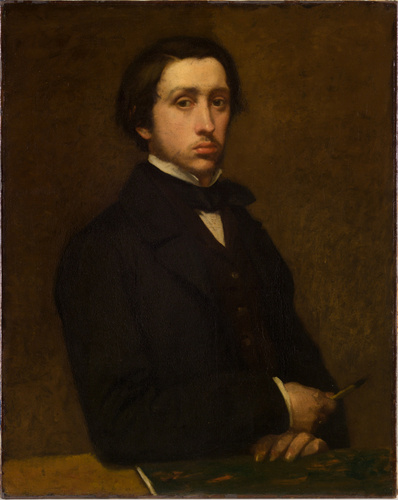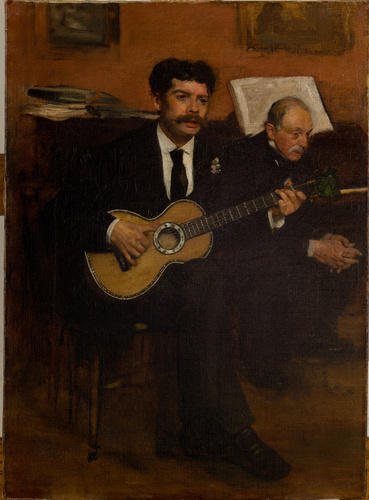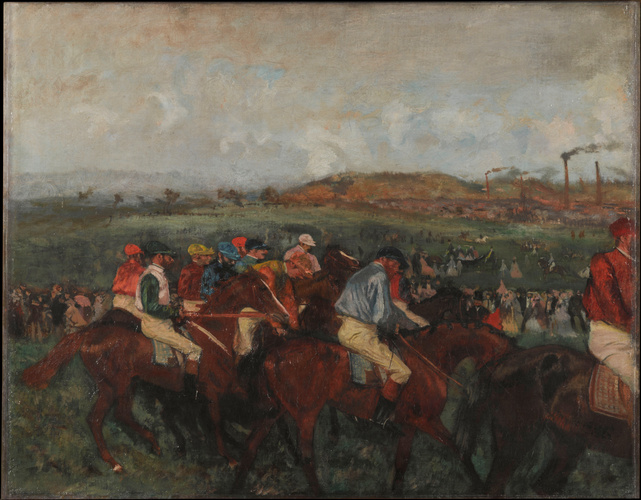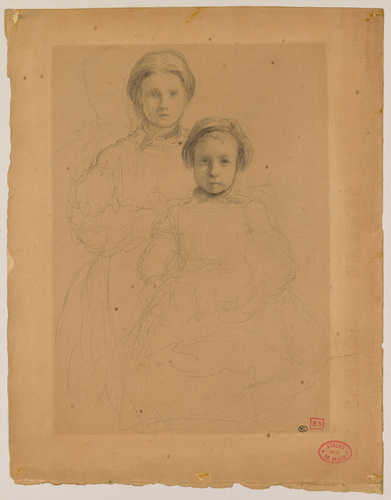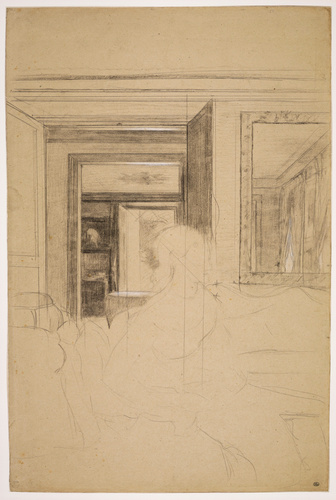Cheval à l'arrêt
Degas was such a perfectionist that the poet Mallarmé nicknamed him "the rigorous one"; he lived for drawing, was passionately interested in photography and reinvented the monotype. He used sculpture to "improve" his painting. After exhibiting Steeple Chase Scene at the salon of 1866, a painting which showed a fallen rider, Degas could have read in the press: "Like the jockey, the painter is not yet perfectly familiar with the horse." Degas wanted to progress and "to do at least as well" as that "dreadful painter Meissonier." "To achieve such perfect exactness that it gives the impression of life, you have to use three dimensions, not only because modelling requires the artist to observe things closely with more sustained concentration but because near enough will not do", he told the critic Thiebault-Sisson.
Twisting wires on a wooden plank to make the framework, Degas modelled his sculptures out of wax. He economised his material by inserting pieces of cork. An X-ray shows that Degas used a wine cork for the horse's head. His friends, the painter Gustave Moreau and Joseph Cuvelier both inspired him to model and themselves left wax statuettes. Degas' experiments with movement coincided with the discoveries made by the photographer Eadweard Muybridge, published in La Nature in 1878, and the work of Etienne-Jules Marey.
The four wax models donated by Paul Mellon in 1956 when he bought the set now exhibited in the National Gallery of Washington – a gift he completed with the fifth wax model in 1992 – present the freshness of Degas' touch. All the bronzes were cast after his death.




